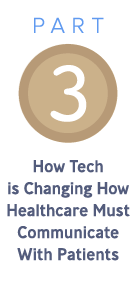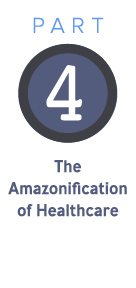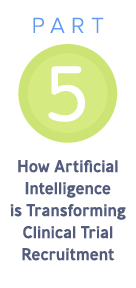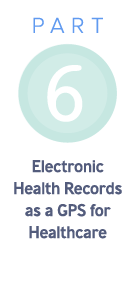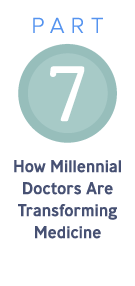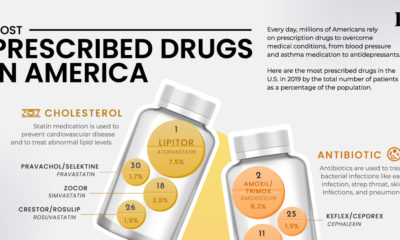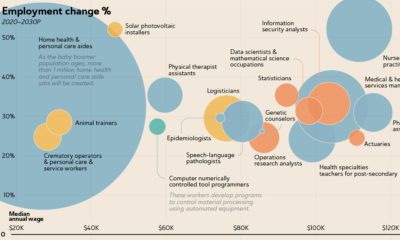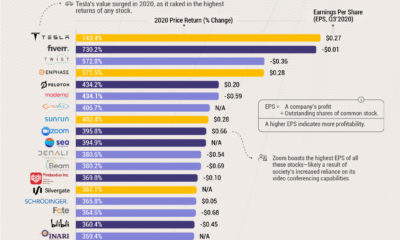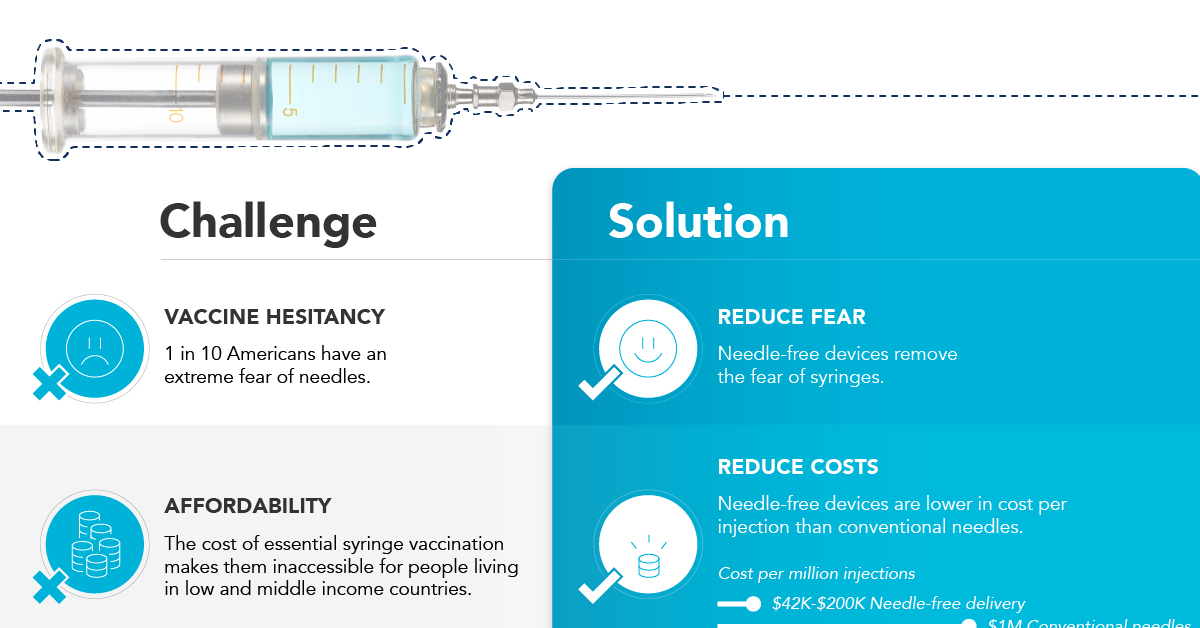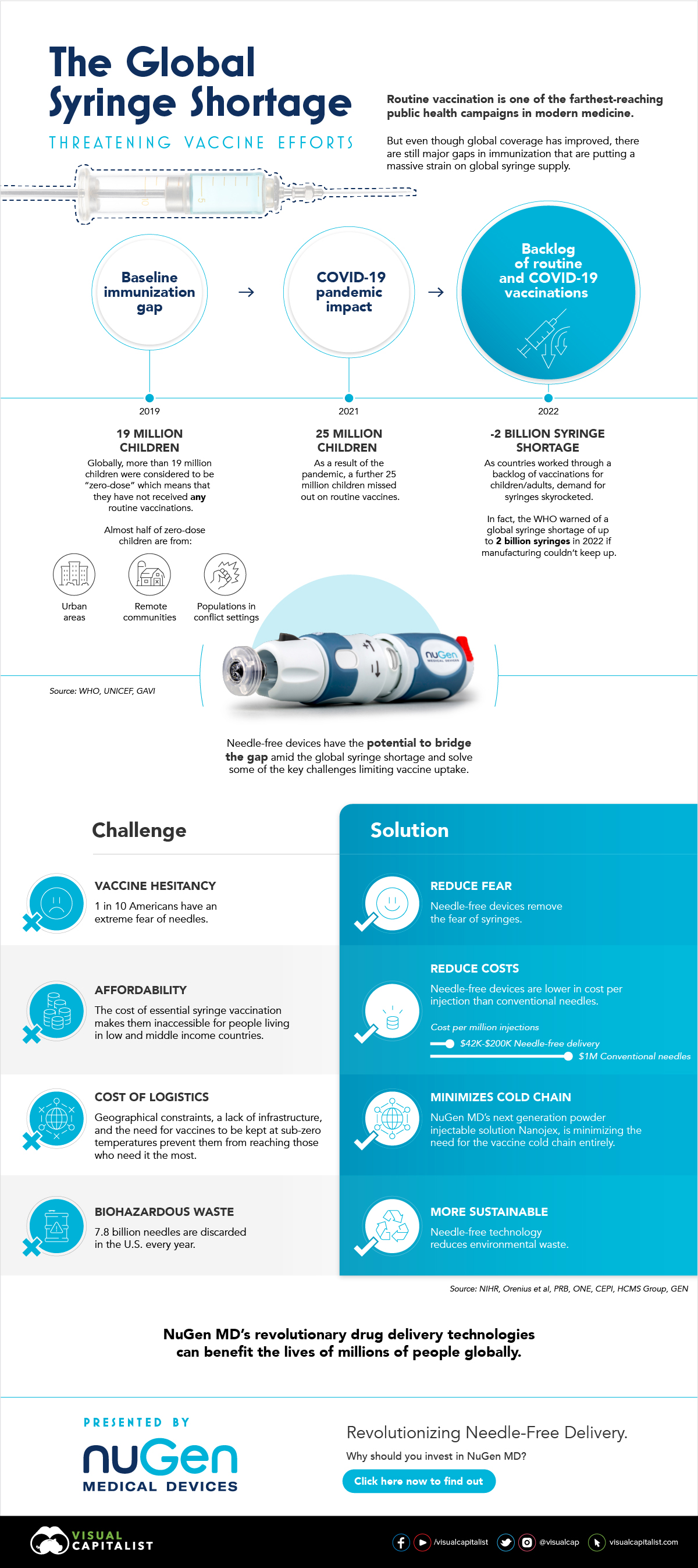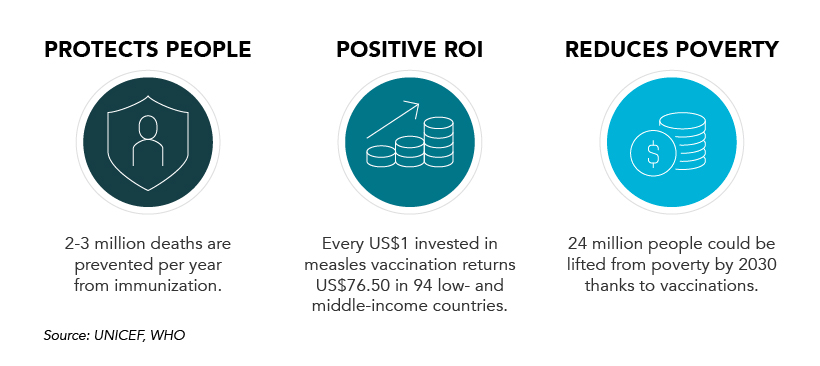By 2020, there will be 50 billion devices connected to the internet, and many of these devices will be tracking the health data of individuals. This will empower consumers in an exciting way, but it will also fundamentally shift how healthcare companies work and interact with their customers. Today’s infographic comes to us from Publicis Health and it is the introduction to a seven-part series about the future of healthcare, and how companies will have to adapt to stay relevant.
The Changing Customer
The smartphone boom has changed the consumer experience in practically every industry, and it is now cascading into the healthcare market: Commoditized 76% of consumers expect pharma/healthcare providers to provide services that help them manage their health. Quantified 76% of consumers expect pharma/healthcare to understand their individual needs. In other words, the traditional healthcare model no longer aligns with the consumer mindset.
The Six Forces
Publicis Health, a global leader in health, has identified six transformative forces that healthcare companies must address to gain a competitive edge:
- Data Activation Data reveals truths. A robust data strategy fundamentally shifts how company manages their brands.
- Workflow-Empowered Solutions The patient experience will be at the center of a seamlessly connected workflow of information, with integrated electronic health records (EHR) that document more than just visits to the doctor. The proliferation of EHR opens new opportunities to service healthcare professionals and patients.
- Content Strategy Consumers want their healthcare information and insights delivered in a personalized, engaging, accessible, and dynamic format.
- Intelligence Services Consumers want the healthcare industry to “find, know, and help” them, using past behaviors and AI to anticipate their current and future needs.
- Clinical Trial Recruitment Finding the right patients remains a major challenge for pharma. New technologies and patient engagement strategies are greatly reducing the time and inefficiencies of clinical trial recruitment.
- Sales Model Transformation As AI takes hold and directs more automated Rx decisions, it will be more than just about relationships but also about relevant skills to make use of the new tools, while preserving the need for human touch. Together, these forces build the transformative foundation to better performance, customer experience, and health outcomes. This is part one of a seven part series. Stay tuned by subscribing to Visual Capitalist for free, as we go into these six forces in more detail in the future. on In the above infographic from NuGen Medical Devices, we explore the factors leading to the syringe shortage and take a look at the company’s innovative needle-free solution that could play an important role in closing the immunization gap.
The Immunization Gap
Even before the COVID-19 pandemic, millions of people around the world struggled to get access to routine vaccinations. In fact, as of 2019 more than 19 million children around the world were considered to be “zero-dose” which means that they did not receive any routine vaccinations. Moreover, when the COVID-19 pandemic hit, global immunization dropped even further with 25 million children missing out on routine vaccines in 2021 alone.
Why is Immunization So Important?
Vaccinations prevent against over 20 life-threatening diseases and save between 2-3 million deaths per year, making them—as the WHO describes—the foundation of healthcare systems and an indisputable human right. As countries work through a backlog of vaccinations to close the immunization gap that has worsened since the pandemic, demand for syringes has significantly increased.
The Result: A Global Syringe Deficit
In 2022, the WHO warned that we could see a shortage of up to 2 billion syringes if manufacturing can’t keep up. This could result in the severe disruption to routine vaccinations and promote unsafe recycling of syringes in order to administer vaccines. But the issue goes far beyond a supply shortage of syringes. COVID-19 has brought conventional syringe vaccines into sharp focus, with many criticizing the challenges associated with them. With conventional needles facing so many challenges, it’s no surprise that investors are taking interest in viable alternatives. What’s more, these alternatives don’t just apply to vaccinations, they can also work for people with diabetes, dentists, and pet care.
Enter Needle-free Devices from NuGen MD
Needle-free devices have the potential to bridge the gap in immunization amid the global syringe shortage, solve some of the key challenges limiting vaccine uptake, and more importantly, benefit the lives of millions of people.
How Do They Work?
NuGen’s needle-free devices use a simple spring-loaded mechanism which uses pressure to release the liquid drug and penetrate the skin. In less than one-tenth of a second, the drug is dispensed more safely and evenly compared to needle syringes. It’s also virtually painless and leaves no mark on the skin.
Interested in investing in NuGen Medical Devices? To learn more about their plans to pioneer the future of needle-free drug delivery, click this link now.


